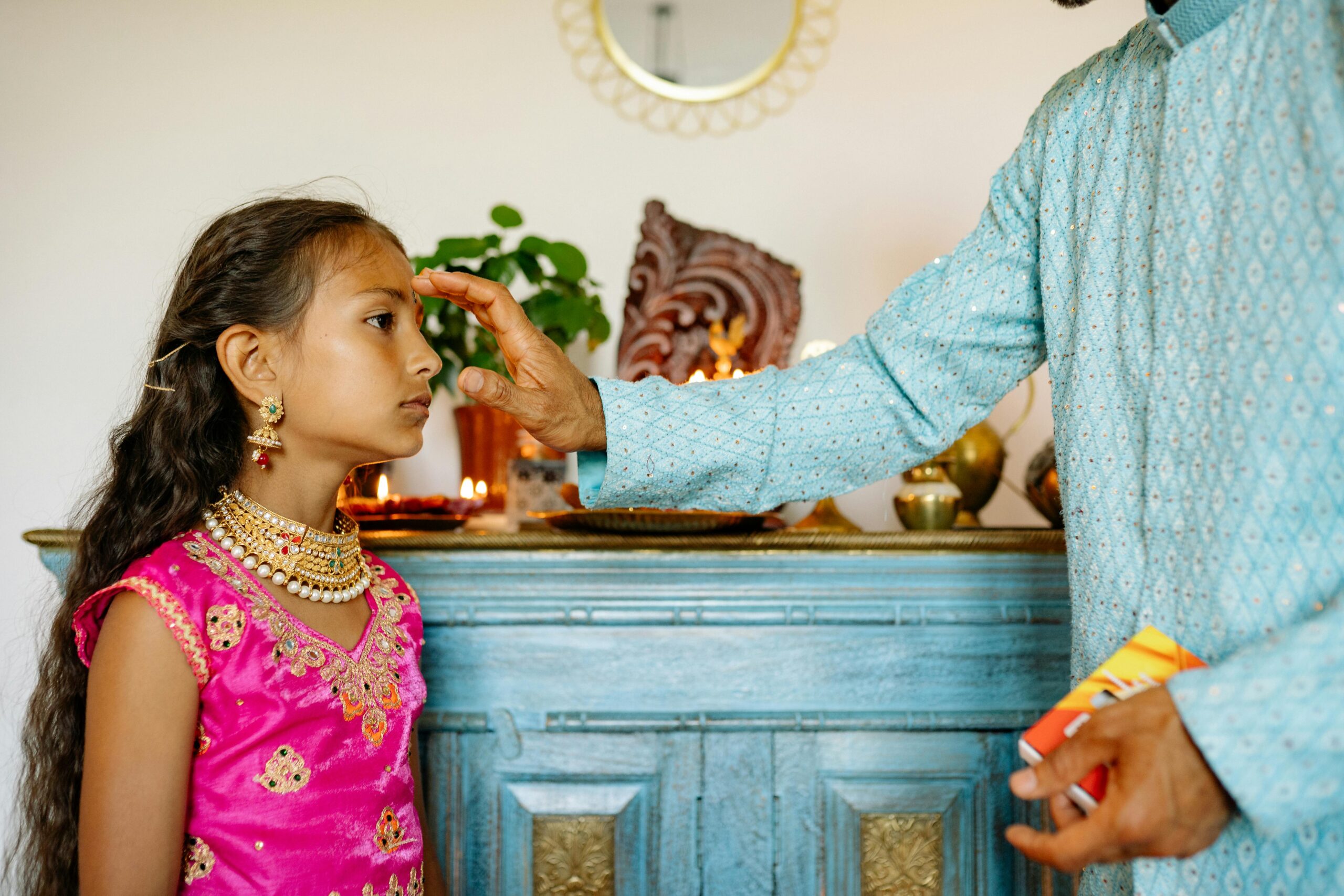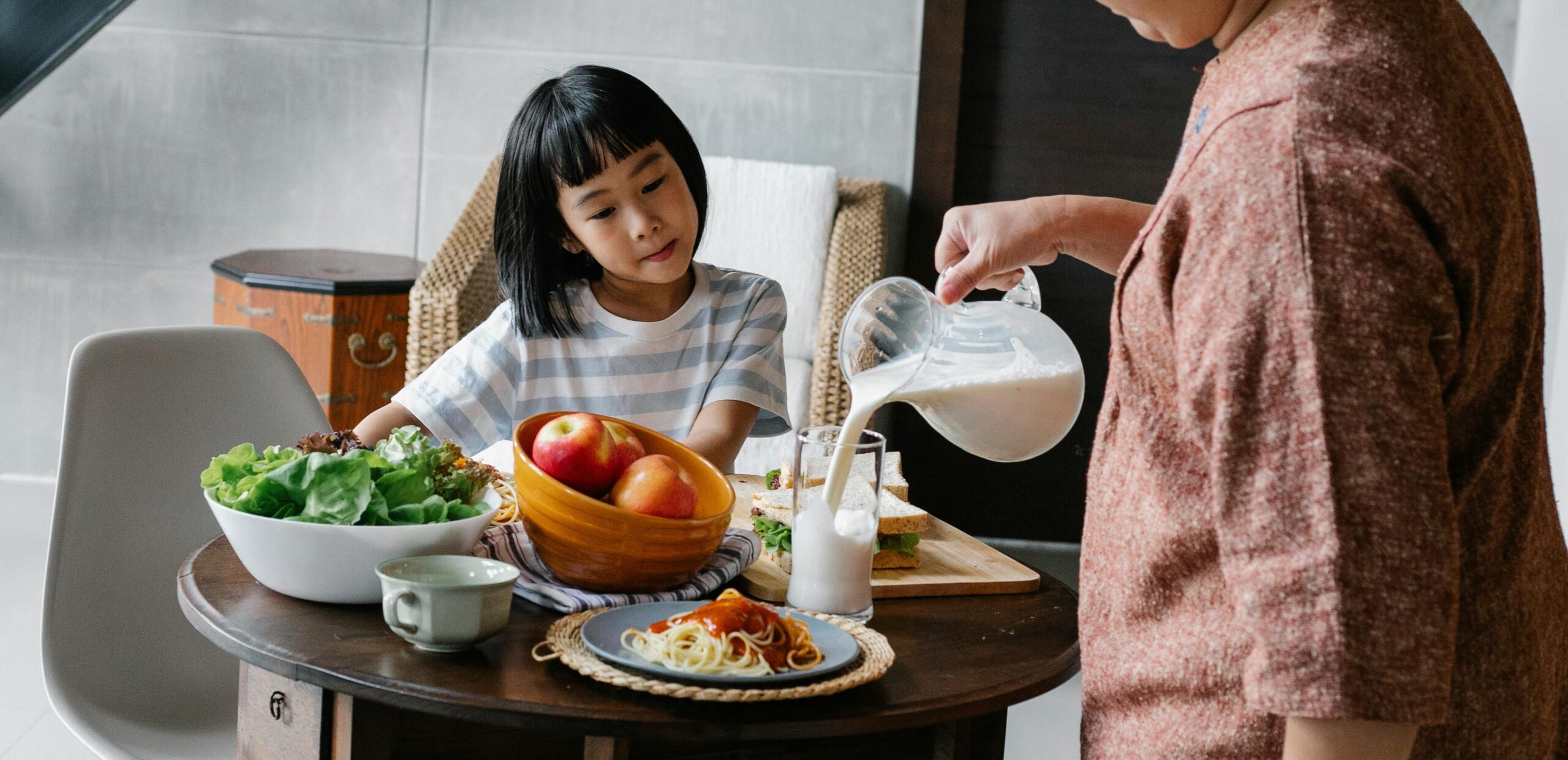In the modern world, where globalization and technology dominate, fostering a connection to traditions can be challenging for parents.
For Indian families, this is particularly significant as the country’s cultural fabric is rich, diverse, and steeped in history. Ensuring that children appreciate and embrace these traditions helps them stay rooted while navigating a fast-changing world.
Importance of Traditions
Traditions provide a sense of identity and belonging. They connect children to their roots, instill values, and foster a sense of pride in their heritage. Celebrating festivals, practicing rituals, and sharing cultural stories offer children a foundation to understand where they come from. This understanding is vital in building their self-confidence and sense of purpose.
Challenges in Passing Down Traditions
Many Indian parents today face challenges in imparting traditional values to their children. Urbanization, nuclear families, and a shift towards Western lifestyles have diluted the prevalence of cultural practices. Moreover, children’s busy schedules, dominated by academics and extracurricular activities, leave little room for cultural engagement.
Despite these challenges, there are numerous creative ways Indian parents can encourage their kids to embrace and celebrate their traditions. Here are some actionable strategies:
1. Celebrate Festivals Together
Indian festivals are vibrant, diverse, and an excellent way to introduce children to traditions. Parents can:
- Explain the Significance: Share stories and myths associated with each festival. For example, narrate the story of Lord Rama’s return to Ayodhya during Diwali or the victory of good over evil during Dussehra.
- Involve Children: Encourage kids to participate in decorating the house, preparing festive dishes, or creating rangolis. These hands-on activities make the experience enjoyable and memorable.
- Host Cultural Gatherings: Organize or attend community events where children can witness traditional dances, music, and rituals.
2. Introduce Traditional Foods
Food is a crucial part of Indian culture. Introducing children to regional cuisines and traditional recipes can spark their interest in traditions. Parents can:
- Cook Together: Involve children in preparing dishes like dosa, biryani, or ladoos. Discuss the origins of these foods and their cultural significance.
- Festive Feasts: Highlight how specific dishes are associated with festivals, such as modaks for Ganesh Chaturthi or gujiyas for Holi.
- Dining Etiquettes: Teach kids traditional dining practices, such as eating with hands or sitting on the floor, and explain their cultural roots.
3. Share Family Stories and History
Family history often contains anecdotes and experiences that reflect cultural traditions. Sharing these stories can:
- Help children understand their lineage and foster a sense of pride.
- Teach values and life lessons through real-life examples.
- Build a connection to their ancestors and familial practices.
Parents can create a family tree or a scrapbook filled with photos and stories to make this process engaging.
4. Incorporate Language Learning
Language is a powerful carrier of culture. Teaching children their mother tongue helps preserve traditions and fosters better communication with extended family members. Parents can:
- Speak at Home: Regularly use the mother tongue in conversations.
- Storytelling: Narrate folk tales, mythological stories, or poems in the native language.
- Interactive Tools: Use books, apps, or online videos designed to teach regional languages to children.
5. Encourage Traditional Art and Craft
India’s heritage is replete with unique art forms like Madhubani paintings, Warli art, and block printing. Parents can:
- Enroll in Workshops: Sign children up for classes on traditional arts and crafts.
- DIY Projects: Engage in simple craft activities at home, such as making clay diyas or creating paper lanterns.
- Visit Museums: Take kids to cultural museums and exhibitions to witness traditional art firsthand.
6. Involve Them in Rituals and Practices
From daily prayers to special ceremonies, rituals play a significant role in Indian households. Encouraging children to participate can:
- Build discipline and mindfulness.
- Help them understand the values associated with these practices, such as gratitude, respect, and community.
Parents can simplify rituals to make them child-friendly and explain their meanings to maintain interest.
7. Explore Traditional Music and Dance
India’s classical music and dance forms, such as Bharatanatyam, Kathak, and Hindustani music, are rich in tradition. Introducing children to these art forms can:
- Enhance their appreciation for cultural heritage.
- Build their skills and confidence through performances.
Parents can enroll children in classes or attend cultural performances as a family.
8. Travel to Heritage Sites
India is home to numerous historical landmarks and cultural hotspots. Visiting these places can:
- Provide children with a firsthand experience of India’s heritage.
- Spark curiosity and encourage them to learn more about history.
Destinations like Jaipur’s forts, Kerala’s backwaters, or the temples of Tamil Nadu offer rich cultural exposure.
9. Engage in Community Activities
Being part of a cultural community helps children witness traditions as a collective experience. Parents can:
- Join local cultural groups or societies.
- Participate in temple events, regional celebrations, or charity drives.
- Encourage children to perform or volunteer in cultural events.
10. Use Modern Tools to Teach Traditions
Incorporating technology can make learning about traditions fun and relatable for tech-savvy kids. Parents can:
- Watch Together: Stream movies, documentaries, or shows that depict Indian culture and traditions.
- Educational Apps: Use apps designed to teach Indian languages, mythology, or history.
- Social Media: Follow influencers and creators who promote Indian culture in an engaging way.
11. Lead by Example
Children often emulate their parents. When parents actively practice and celebrate traditions, children are more likely to follow suit. This can include:
- Wearing traditional attire on special occasions.
- Practicing daily rituals like lighting a diya or saying prayers.
- Attending cultural events and festivals regularly.
12. Balance Modernity and Tradition
While promoting traditions, it’s essential to respect children’s preferences and modern influences. Parents should:
- Encourage open dialogue about why traditions matter.
- Be flexible and adapt traditions to suit contemporary lifestyles.
- Avoid imposing practices; instead, focus on making them enjoyable.
The Long-Term Impact
When children embrace their traditions, they carry forward a legacy that shapes their identity and worldview. This connection to culture provides them with a strong foundation, especially in a multicultural and globalized world.
By using the above strategies, Indian parents can inspire their kids to appreciate the richness of their heritage while allowing them to thrive in a modern environment. Traditions are not just about rituals; they’re about values, stories, and connections that weave families and communities together.
Through consistent effort and creativity, parents can ensure that their children grow up with a balanced appreciation of both their roots and wings.



